5 Dividend Stocks With Risky Payouts
When you evaluate dividend stocks, what do you typically look at?


When you evaluate dividend stocks, what do you typically look at? Chances are, dividend yield is a big part of the equation, though many investors also know to look at dividend growth. But what about dividend health?
Dividend stocks with risky, difficult-to-sustain payouts can be a drag on retirement portfolios. For one, companies that no longer have the financial means to grow the dividend likely are struggling to grow the business, which may be reflected in weak stock returns. Plus, if a dividend is slowly growing or stagnant, it loses purchasing power to inflation every year, essentially become worth less and less over time. The worst-case scenario – a dividend cut – could leave you without much-needed retirement income.
Dividend health clearly matters. But how do you measure it?
One emerging solution is the DIVCON system from exchange-traded fund provider Reality Shares. DIVCON – the first forward-looking dividend health methodology – measures payout sustainability based on several fundamental factors that include earnings growth, free cash flow (how much cash companies have left over after they meet all their obligations), money spent on buybacks and even the Altman Z-score – a metric that helps determine a company’s likelihood of a bond default or bankruptcy. The result is a score between 1 and 5: DIVCON 5 indicates a very healthy dividend with a high likelihood of future growth, while DIVCON 1 indicates a shaky income foundation that implies little to no growth – and even the risk of a dividend cut.
Here are five dividend stocks with risky payouts, according to the DIVCON system. All five stocks have DIVCON 1 or DIVCON 2 scores. Let’s explore what specifically makes these dividends look shaky.
Price, market value and yield data is as of April 24. DIVCON ratings and measurement data such as earnings growth, levered free cash flow (LFCF)-to-dividend ratio and Altman Z-score is as of March 29. DIVCON 1 represents “most likely to decrease/cut their dividends in the next 12 months,” and DIVCON 2 represents “likely to decrease/cut their dividends in the next 12 months.” You can view other DIVCON ratings on the Reality Shares provider site.
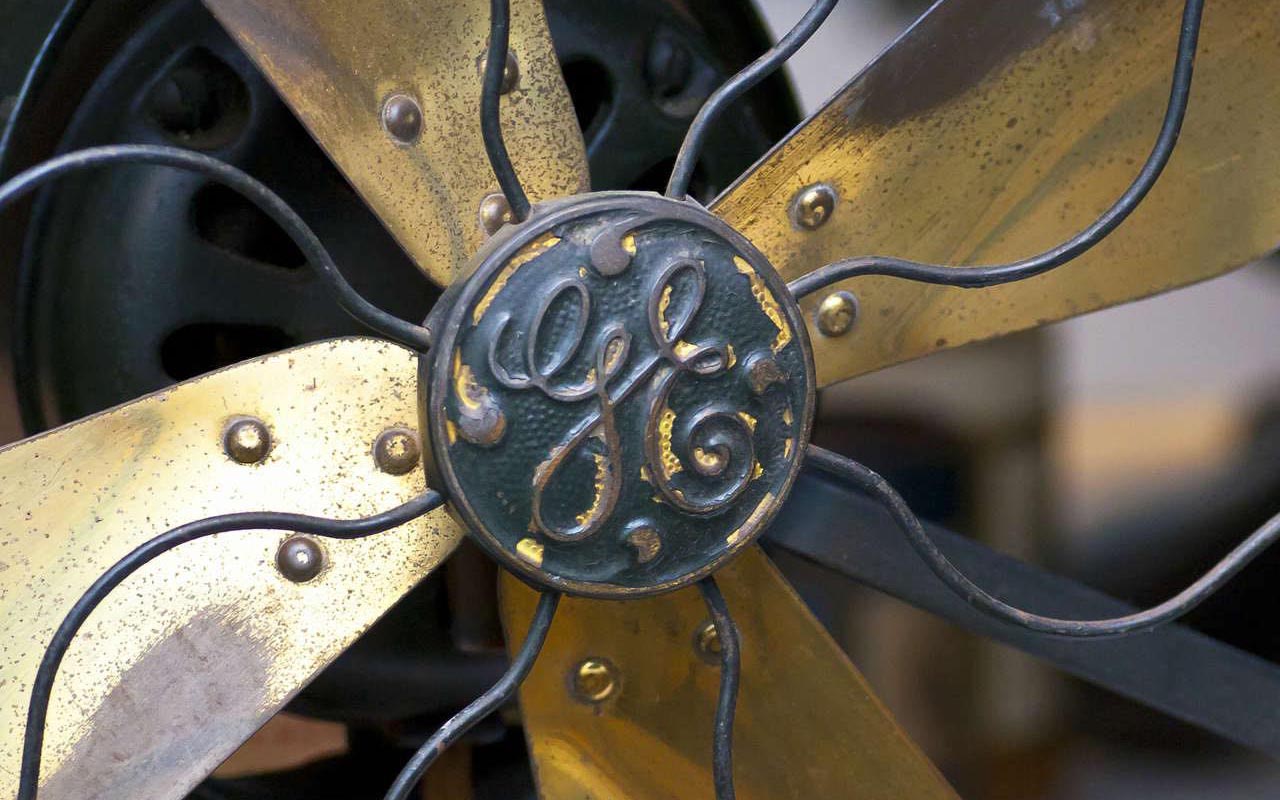
General Electric
- Market value: $80 billion
- Dividend yield: 0.4%
- DIVCON Rating: 1
The only reason investors shouldn’t worry too much about General Electric (GE, $9.32) cutting its dividend is that there isn’t much more dividend to cut.
GE has slashed its payout twice in two years – from 24 cents per share quarterly to 12 cents in 2017, then down to its current penny per share in 2018. The company’s financial situation hints that the payout won’t recover anytime soon.
General Electric’s woes have continued long after its 2017 “reset” in which it hacked away at profit goals alongside its dividend. For instance, in October 2018, GE took a $22 billion impairment charge related to a 2015 acquisition from France’s Alstom – shortly thereafter, the SEC announced it was investigating the writedown. At the same time GE announced the impairment charge, CEO John Flannery abruptly stepped down and was replaced by former Danaher (DHR, $9.32) CEO Lawrence Culp, making him General Electric’s third chief in two years.
GE stock has been rated DIVCON 1 since December 2017 and has lost roughly half its value since then. The financials remain dismal today. General Electric has a levered free cash flow-to-dividend ratio of negative 486%, indicating that its cash flow can’t even cover its current meager payout.
Additionally, GE’s Altman Z-score – which looks at five factors to measure the firm’s credit strength – is 1.2. A score above 3 indicates a company isn’t likely to suffer a bankruptcy, while a score between 1.8-3 indicates some chance of bankruptcy, and a score lower than 1.8 indicates a high likelihood of bankruptcy. (For comparison’s sake, DIVCON 5 stocks score more than 8 on average.)

FirstEnergy
- Market value: $21.9 billion
- Dividend yield: 3.7%
- DIVCON Rating: 1
- FirstEnergy (FE, $40.86) is a utility company that serves 6 million electricity customers in six states across the Midwest and Mid-Atlantic regions.
Utility companies usually are considered reliable dividend stocks. And at a quick glance, FE doesn’t seem too troubled. Its stock is up a little more than 9% year-to-date, matching the utility sector. And FE finally increased its dividend by 5.6% earlier this year – the payout was slashed from 55 cents quarterly to 36 cents in 2014 and remained flat ever since.
But the fundamentals still are worrisome. Most notably, the company’s LFCF/dividend ratio was 170% as of late March, and the Altman Z-score of 0.64 is extremely weak. The third-party dividend health score is low, too, with a Bloomberg Dividend Health reading of -36 (the Standard & Poor’s 500-stock index averages positive 22).
FirstEnergy on April 23 reported first-quarter results that came up shy of expectations. Its non-GAAP (generally accepted accounting principles) profits of 67 cents were flat year-over-year and missed estimates by a penny, while revenues of $2.9 billion were down about 2% YoY and shy of expectations by about $10 million.

Xerox
- Market value: $7.3 billion
- Dividend yield: 3.0%
- DIVCON Rating: 2
- Xerox (XRX, $33.69), the ubiquitous copier company, has expanded into other categories such as software and services over the years to maintain relevant – and so far, it has. The company is having a particularly hot 2019, up more than 60% year-to-date.
Note that Xerox, unlike the other companies on this list, is a DIVCON 2 stock – thus, while there is some risk to its payout, it’s not as urgent as the danger lurking in DIVCON 1 companies. Still, there are a few worry points that current and future shareholders alike should monitor.
For instance, its dividend has remained flat at 25 cents quarterly for a few years. Its Altman Z-score of 2.4, while not in panic territory, is less than the 3 score that would indicate little chance of a bankruptcy. Its third-party dividend score is lower than the S&P 500 average. (You can compare Xerox to other S&P 500 dividend stocks via this DIVCON dividend tool.) And in December 2018, credit-rating service Moody’s downgraded its senior unsecured debt from investment-grade Baa3 to “junk”-rated Ba1.
Xerox sent mixed messages with its latest earnings report, released April 25. While the company offered up significantly better-than-expected earnings and even an upgrade on its profit guidance, it missed analysts’ expectations for revenues. The top line declined from $2.4 billion in Q1 2018 to $2.2 billion in 2019’s first quarter; Wall Street was expecting $2.3 billion in sales.

Ares Management
- Market value: $2.5 billion
- Dividend yield: 5.3%
- DIVCON Rating: 1
- Ares Management (ARES, $24.29) is a global asset management firm focusing on alternative assets such as credit, private equity and real estate that managed about $131 billion in assets as of the end of 2018. The company hit the markets in May 2014 with a weak initial public offering (IPO), and has followed that up with a tepid 31% price performance since then that trails the S&P 500’s roughly 56% climb.
The company has a variable dividend that changes from quarter to quarter, though on an annual basis, Ares’ payout has improved every year since its IPO. Its LFCF/dividend ratio is roughly 90%, which means the payout isn’t fully covered by levered free cash, and its revenues and profits sank considerably in 2018 after years of growth.
For financial companies such as Ares, DIVCON looks at net income to total assets (NITA), which is a measure of how profitable its assets are. Ares’ NITA of 0.92 is markedly lower than the median value of 1.45 across the financial sector – another sign of fundamental weakness.
While the quarterly payout will continue to vary, these issues flagged by DIVCON suggest that the company will have trouble raising its full-year dividend total from current levels.

New York Community Bancorp
- Market value: $5.3 billion
- Dividend yield: 6.0%
- DIVCON Rating: 1
The last company on the list is New York Community Bancorp (NYCB, $11.38). NYCB is a midsize regional financial that operates as New York Community Bank. Its roots go all the way back to 1859, when it operated a lone branch in Flushing in New York City’s Queens borough. Now, the bank sports more than 250 branches across five states.
DIVCON has flagged several fundamental flaws that income investors should heed. The company’s five-year dividend growth is actually negative, courtesy of a 32% dividend cut in 2016 to 17 cents per share, where the payout has remained ever since. Earnings have shrunk from $1.09 per share in 2014 to 79 cents last year. And New York Community Bancorp’s NITA ratio of 0.92 is much lower than the financial-sector median.
NYCB shares have been unsurprisingly punished for the company’s lackluster financial performance, off 29% over the past five years. The company is up more than 20% this year despite a fourth-quarter earnings report that showed declines in earnings and net interest margin. But if the company lives down to analyst expectations of tepid profit growth in 2019, the rest of the year could be difficult, and any expansion in the dividend seems unlikely.
Profit and prosper with the best of Kiplinger's advice on investing, taxes, retirement, personal finance and much more. Delivered daily. Enter your email in the box and click Sign Me Up.

Eric Ervin founded Reality Shares, a firm known for ETF industry innovation. He led the launch of investment analytics tools, including Blockchain Score™, a blockchain company evaluation system; DIVCON®, a dividend health analysis system; and the Guard Indicator, a directional market indicator. These tools were designed to help investors access innovative investment strategies as well as provide alternative dividend investment solutions to manage risk.
-
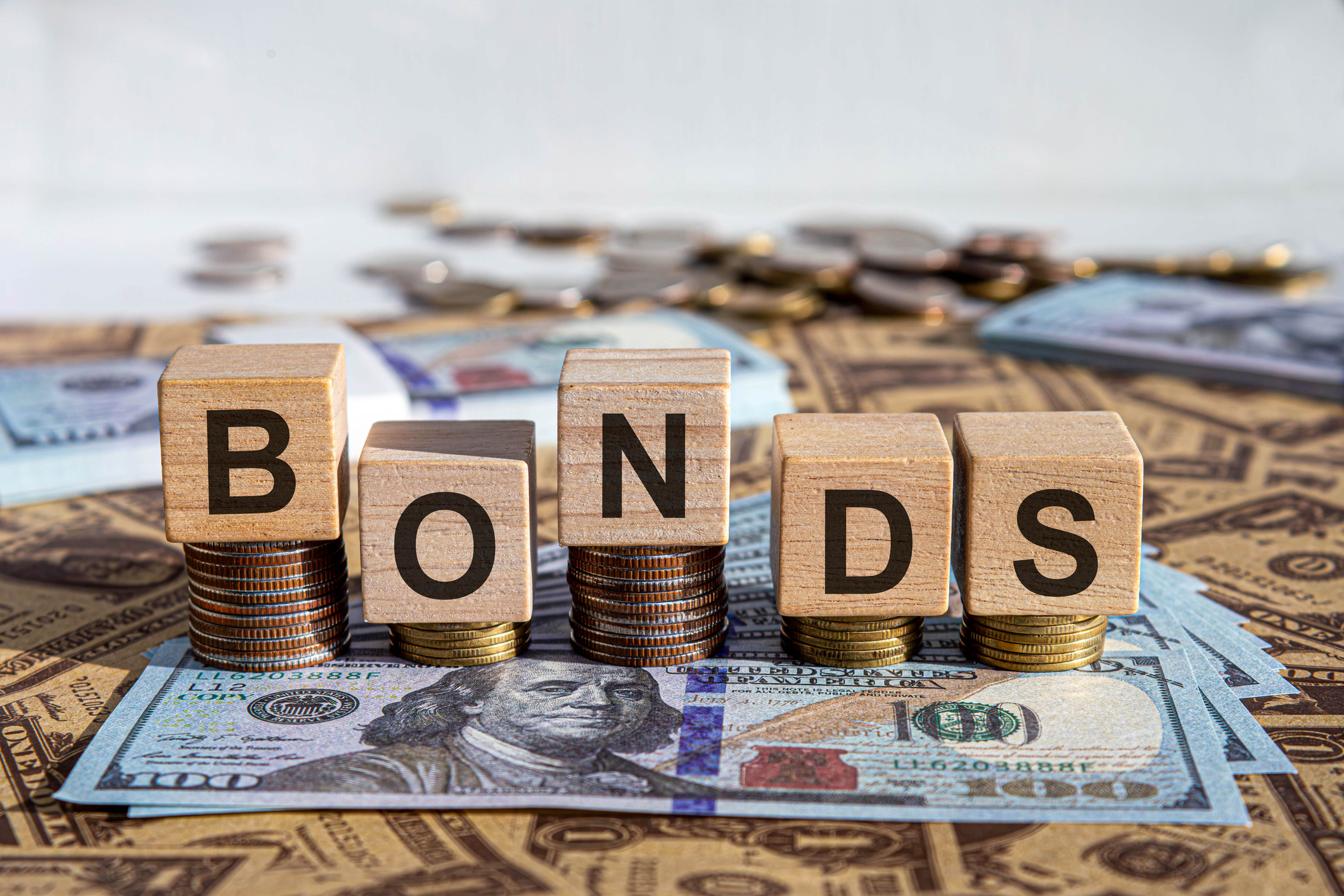 Changes Are Coming for This Invesco Bond Fund
Changes Are Coming for This Invesco Bond FundThe Invesco BulletShares 2026 Corporate Bond ETF's bonds will mature in 2026. Here's what investors should do.
-
 What Science Reveals About Money and a Happy Retirement
What Science Reveals About Money and a Happy RetirementWhether you’re still planning or already retired, these research-based insights point the way to your best post-work life.
-
 7 Retirement Planning Trends: What They Mean for You in 2026
7 Retirement Planning Trends: What They Mean for You in 2026From government shutdowns to market swings, the past 12 months have been nothing if not eventful. The key trends can help you improve your own financial plan.
-
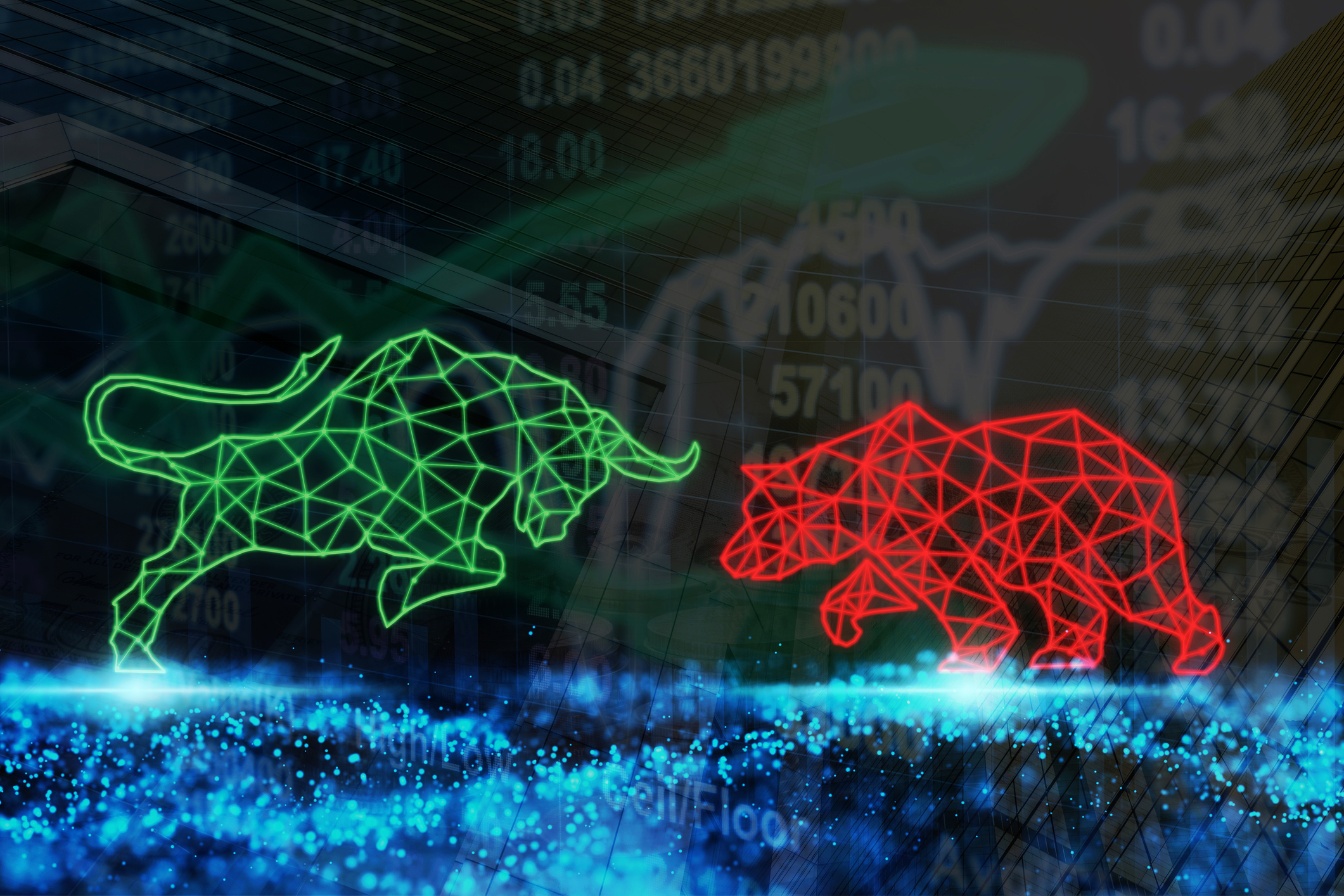 Markets Are Quiet Ahead of Fed Day: Stock Market Today
Markets Are Quiet Ahead of Fed Day: Stock Market TodayInvestors, traders and speculators appear to be on hold amid an unusually fraught Fed meeting.
-
 DexCom, GE, SLB: Why Experts Rate These Stocks at Strong Buy
DexCom, GE, SLB: Why Experts Rate These Stocks at Strong BuyWall Street gives these three diverse names Strong Buy recommendations with high potential upside.
-
 The Best Aerospace and Defense ETFs to Buy
The Best Aerospace and Defense ETFs to BuyThe best aerospace and defense ETFs can help investors capitalize on higher defense spending or hedge against the potential of a large-scale conflict.
-
 AI vs the Stock Market: How Did Alphabet, Nike and Industrial Stocks Perform in June?
AI vs the Stock Market: How Did Alphabet, Nike and Industrial Stocks Perform in June?AI is a new tool to help investors analyze data, but can it beat the stock market? Here's how a chatbot's stock picks fared in June.
-
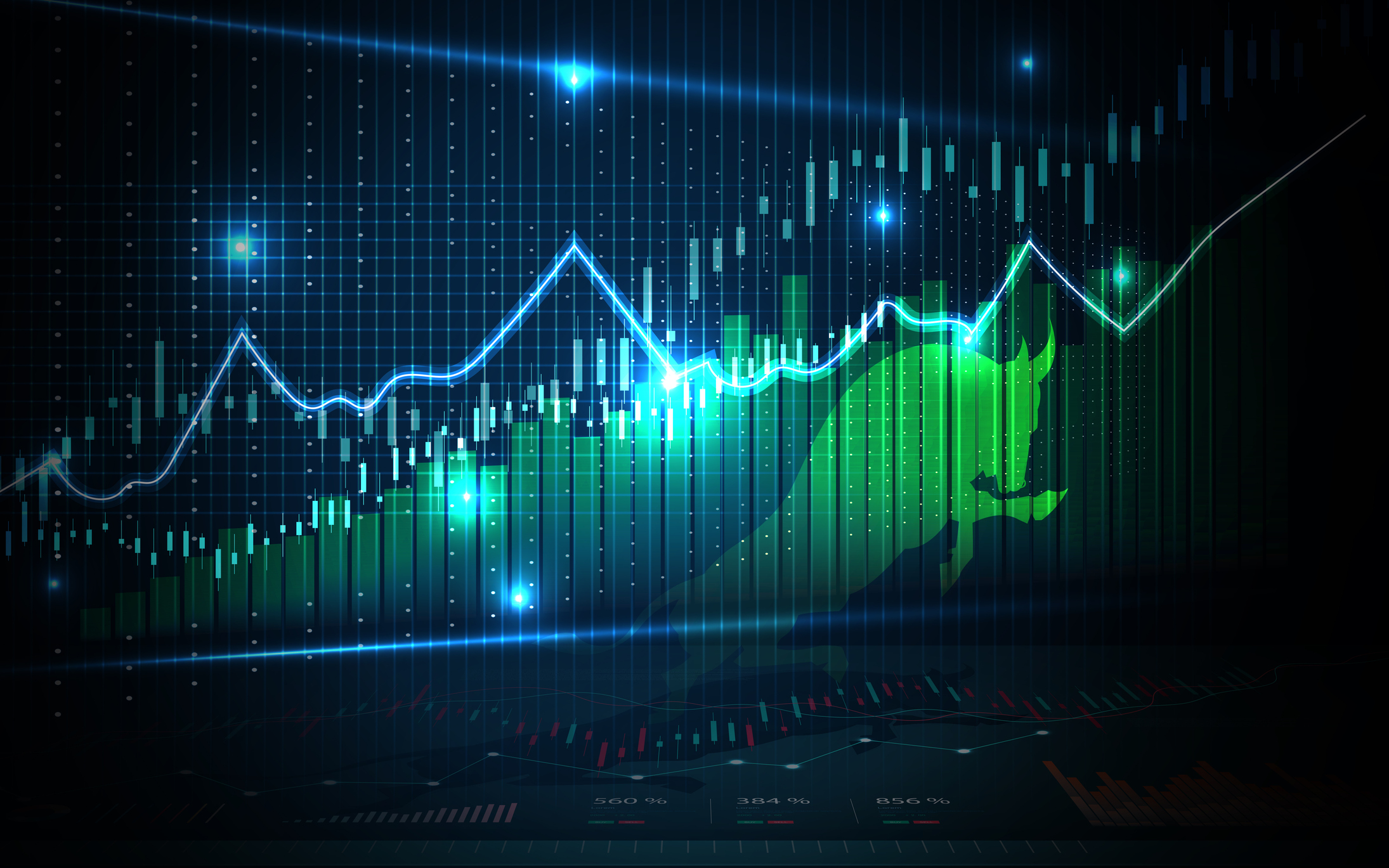 Stock Market Today: Stocks Rise on Less Deadly Concerns
Stock Market Today: Stocks Rise on Less Deadly ConcernsMarkets are forward-looking mechanisms, and it's good when price action shows there's a future to look forward to.
-
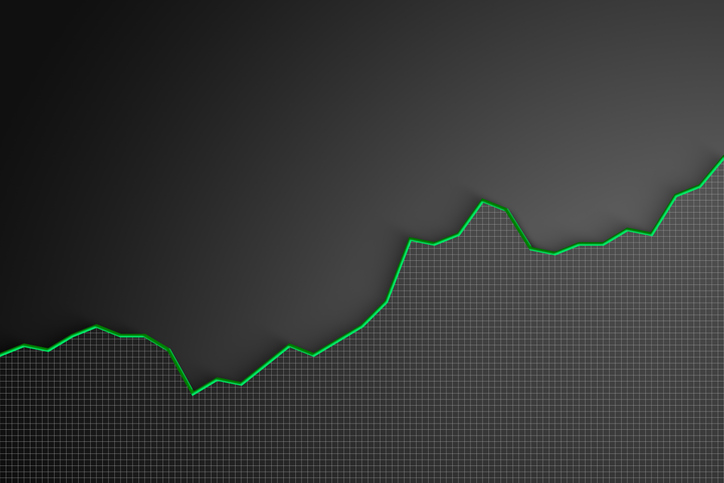 Stock Market Today: Stocks Soar on China Trade Talk Hopes
Stock Market Today: Stocks Soar on China Trade Talk HopesTreasury Secretary Bessent said current U.S.-China trade relations are unsustainable and signaled hopes for negotiations.
-
 Is GE Aerospace Stock Still a Buy After Earnings?
Is GE Aerospace Stock Still a Buy After Earnings?GE Aerospace stock is higher Thursday after the industrial firm topped analysts' fourth-quarter expectations and issued a strong full-year outlook. Here's what you need to know.
-
 The 24 Cheapest Places To Retire in the US
The 24 Cheapest Places To Retire in the USWhen you're trying to balance a fixed income with an enjoyable retirement, the cost of living is a crucial factor to consider. Is your city the best?
